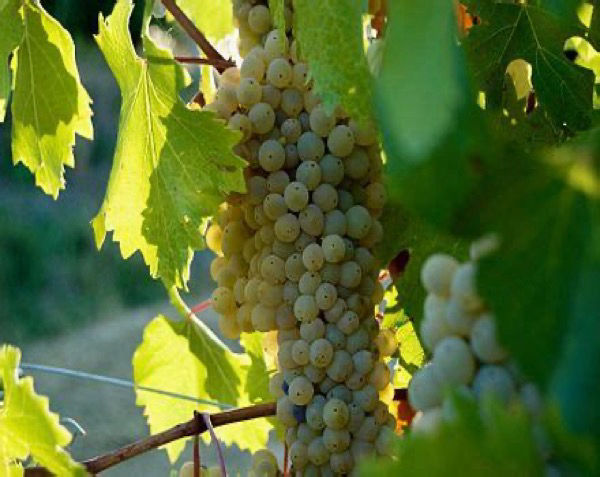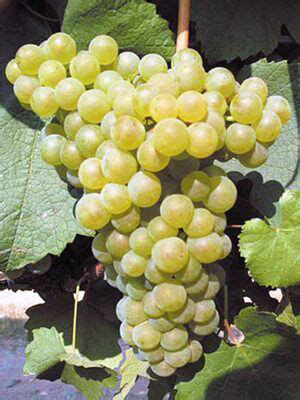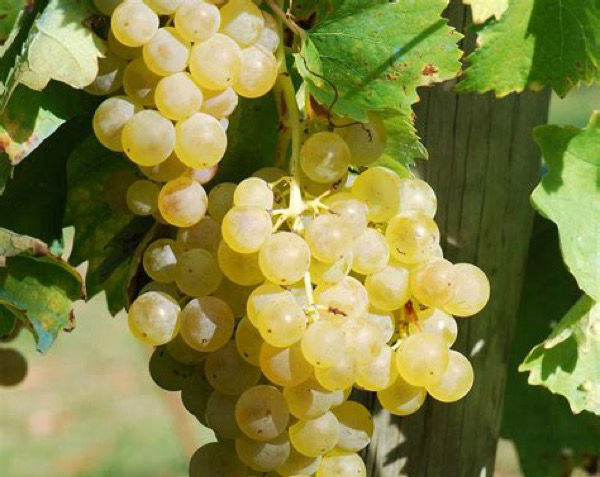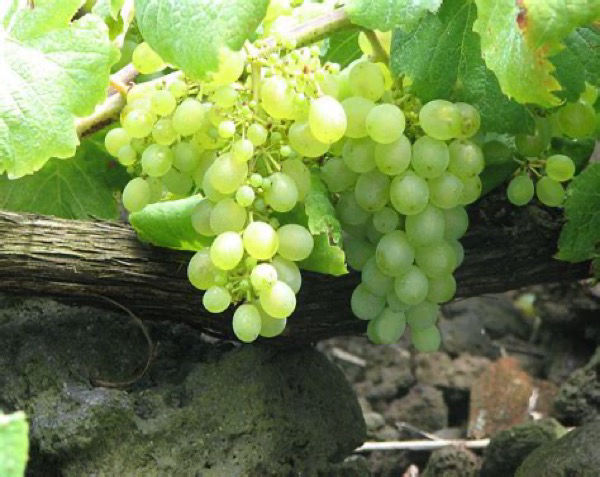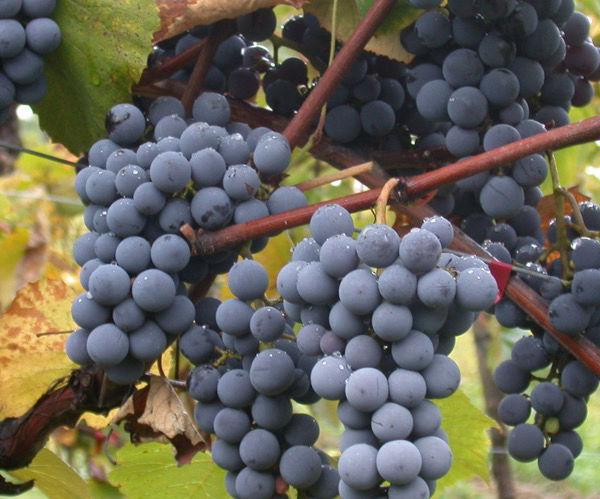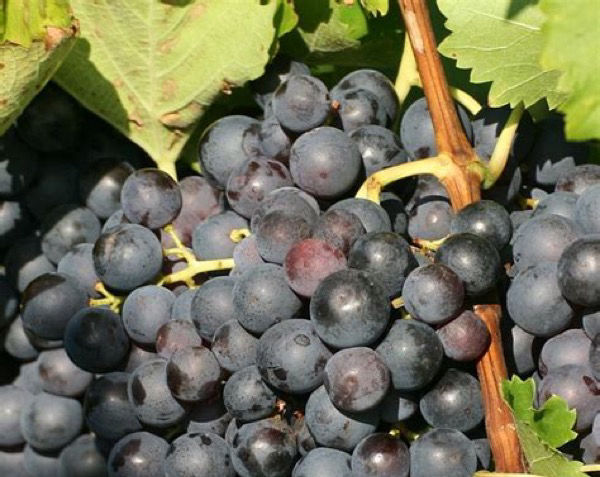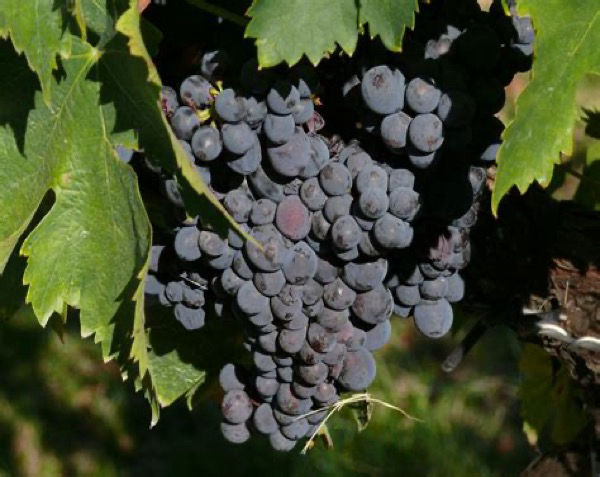
Sagrantino (red)
This grape is known to have been grown in the area around Montefalco since the early Middle Ages. There are two different theories regarding the origin of this grape. On the one hand, the Sagrantino is considered to have been brought back to Umbria from the Middle East by Franciscan monks while it, on the other hand, is said to be of Greek origin and thus imported by Byzantine monks. The name, Sagrantino, refers back to ‘Sacramento’ and had a “sacred” use during religious rites as it was, indeed, cultivated by the monks. It is produced in two different versions, the secco (dry) and the passito (sweet wine).
